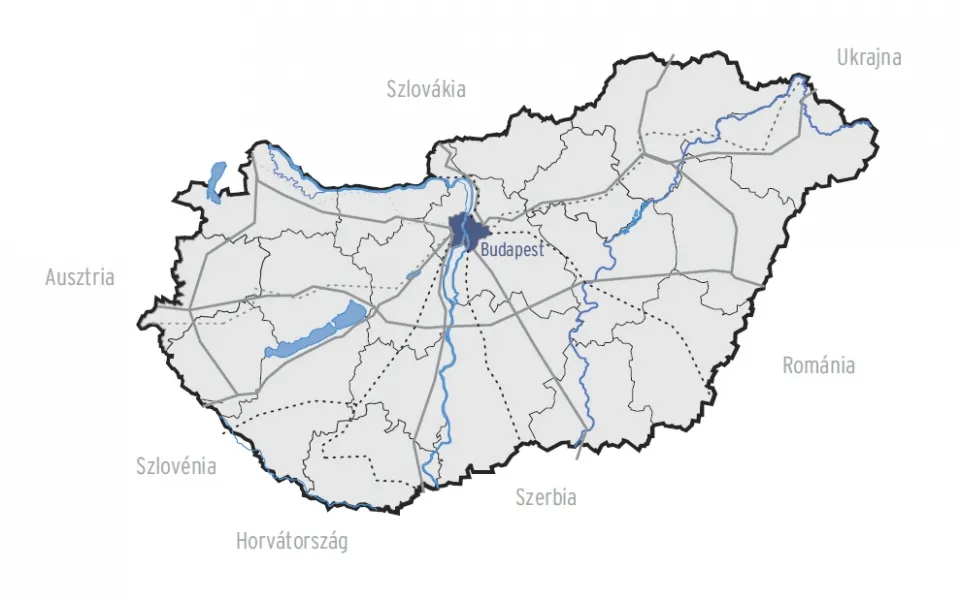1.1. Overview
- Area: 93 036 sq km
- Capital: Budapest
- Official language: Hungarian
- Currency: Hungarian forint; abbreviations: Ft, HUF; prevailing interest and currency rates
- Form of government: republic
- Population: 9 797 561
- International Airport: Budapest Ferihegy, BUD
- OECD member since: 1996
- EU member since: 1 May, 2004.
1.2 Public holidays in 2025:
- January 1 – New Year’s Day, Public Holiday
- March 15 – National Holiday, Public Holiday
- April 18–21 – Good Friday, 4-day weekend
- May 1–2 – Labour Day, 4-day weekend
- June 9 – Whit Monday (Pentecost Monday), Public Holiday
- August 20 – Foundation of the State, Public Holiday
- October 23–24 – Anniversary of the 1956 Revolution, Public Holiday (4-day weekend)
- November 1 – All Saints’ Day, Public Holiday
- December 24 – Christmas Eve, Day Off
- December 25–26 – Christmas, Public Holiday
Do you need Legal, Tax, or Accounting advice for company set-up?






